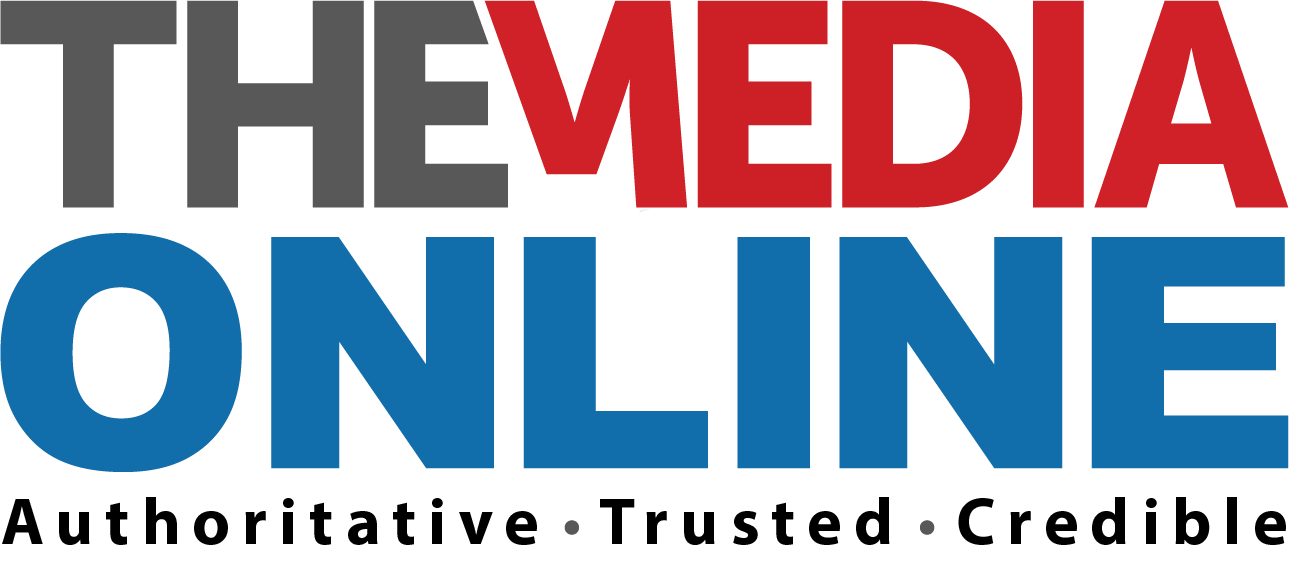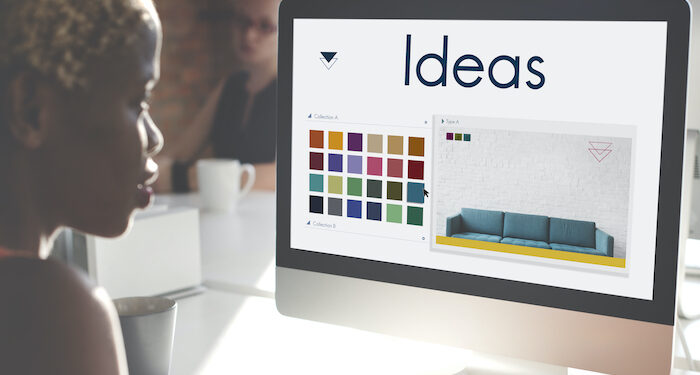The growing preference for digital platforms and visual content has transformed graphic design in the public relations and digital marketing spheres from mere aesthetics to being a fundamental tool for driving branding and messaging.
Effective design has also become a key component of business success through increased conversions and lead generation as well as finding the balance between visual appeal and functionality has become crucial.
Design has been described as the “visual and conceptual backbone of a company’s identity” and helps convey a brand’s values and even shapes public understanding of what the brand represents.
Brands can further use good design to actively manage existing perception by reinforcing brand identity, building trust, and ensuring a positive experience. Ensuring that these experiences are consistent across platforms and mediums develops familiarity and further encourages conversion.
It can also shift perception by differentiating the brand, clarifying complex offerings, creating more memorable and positive impressions, and fostering deeper emotional connections through enhanced user experience and personalisation.
This can be achieved by tailoring experiences to individual customer preferences and needs, fundamentally driven by strategies such as customer and audience segmentation to deliver relevant content.
Personalisation, often enabled by design in user interfaces, makes customers feel recognised and valued, encouraging purchases and fostering loyalty, which significantly shapes public perception and brand relationships. Customers expect brands to understand their needs and automatically adjust content.
This is achieved through a multi-faceted approach. Brands can leverage Artificial Intelligence (AI) and algorithms to analyse user behaviour, anticipating needs and offering tailored recommendations, much like Netflix personalises content based on viewing habits.
Data-driven insights from tools such as heatmaps and session recordings provide real-time analytics to understand user preferences and frustrations, enabling businesses to refine design strategies for optimal conversion performance.
Simplifying complex ideas
A key requirement to effective public relations, communications and digital marketing in the technology sector, and especially in B2B, is the ability to simplify complex solutions/concepts and features, and to be able to demonstrate the ultimate end benefit for the business or individual end-user.
Using visual content helps transform content that is data-heavy or is technical in nature, into clear and compelling narratives. Here, visual content helps the reader to more easily understand what is being presented and to bridge the gap between technical details and key messaging.
Key graphic design tools for simplifying information include infographics for visual data or explaining processes or workflows, icons and symbols to represent complex ideas simply, and visual hierarchy to direct attention and guide the viewer logically.
It is also crucial that design strategies must be specifically tailored for various marketing and communication channels to ensure maximum impact, considering the unique characteristics and user behaviour of each platform.
Measuring impact
To better understand the impact of design on their marketing and PR efforts, organisations should begin by identifying what their goals are – be it brand awareness, consideration, improving conversion rates or even generating leads – and then measure the outcomes based on metrics that reflect these goals.
Here, analytics tools, such as Google Analytics, come to the fore by enabling data-driven decision making around design.
Common metrics to measure increased interest in your content include social media engagement as well as website user engagement rates, while measuring actual user interactions can come down to key events (formerly conversions, used to track downloads, signups, purchases and other activities a business considers to be important) and form completion rates.
Getting started
Consistency in design helps differentiate a brand from competitors and makes its messaging unique. So then, how do businesses ensure that graphic design has the maximum impact for them? Here are three considerations on where to begin:
Brand identity: Having a brand guideline or corporate identity document will ensure that your organisation’s logos, colours, fonts, visual elements and overall style are applied correctly and consistently, building familiarity with your brand.
Optimising websites for conversion: While an organisation might have a presence on multiple online platforms, their primary asset should be their website, which is a frequent touchpoint in the buyer journey. Good design will help vital information stand out, guide visitors through a seamless user journey in finding what they want, and aim for conversion as the ultimate goal.
Having a visual asset bank: Companies should invest in a set of high-quality visual assets, rather than having many lower-quality ones. These visuals can be repurposed for multiple use cases, including traditional and digital, helping enhance the visual appeal of your content.
Overlooking the importance of quality in these core areas can lead to costly mistakes in the long run. With the basics in place as a guideline, companies can then create, implement, test and refine – audiences, imagery and text – to learn which visual assets drive the intended results, be it increasing reach and engagement on social media posts, getting people to sign up for a webinar, or getting the right people to enquire about your vacancies.
Phoebe Opperman is designer and project manager at DUO Marketing + Communications.














